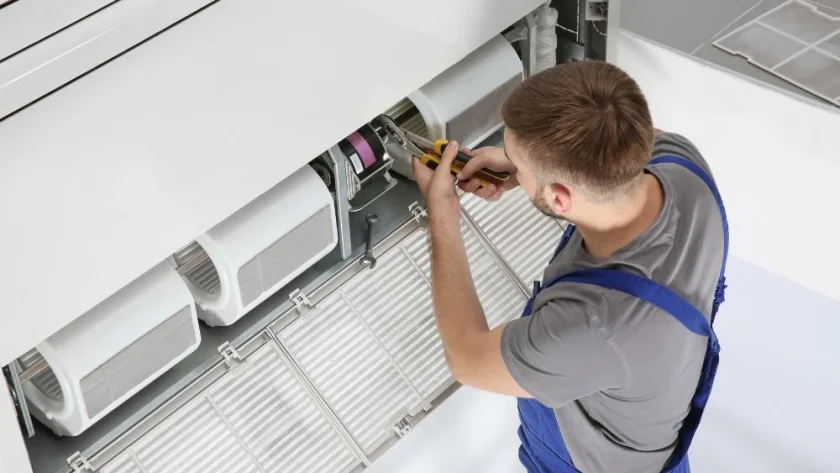Keeping a home cool during warmer months often comes down to how well the air conditioning system performs. Many homeowners rely on their AC every day but know little about the parts that keep it running. A basic understanding of these components helps in recognizing early warning signs and making smarter maintenance decisions.
To truly understand the HVAC system parts, it helps to break down the primary elements that affect efficiency, airflow, and comfort. This knowledge not only supports better system care but also prevents larger issues that may require costly repairs. The following sections offer insights into each major component and how they contribute to your home’s overall climate control.
How the Compressor Powers the Cooling Cycle
The compressor is often described as the heart of the air conditioning system. It works by compressing refrigerant gas and moving it through the system to facilitate heat exchange. The compressor, housed in the system’s outdoor unit, is a key component that drives the overall cooling performance. If it fails, the entire system typically shuts down or delivers warm air.
Compressors are also sensitive to strain. Dirty coils, blocked airflow, or electrical issues can cause it to overheat. Proper refrigerant levels and routine maintenance help keep the compressor operating smoothly.
Importance of the Evaporator Coil
Positioned within the furnace or air handler, the evaporator coil pulls heat from the indoor air to help cool the space. As the refrigerant flows through it, the coil allows the AC system to remove warmth and deliver cooler air through the vents. A dirty or frozen evaporator coil can restrict airflow and reduce overall cooling capacity.
Neglecting the coil leads to more frequent breakdowns. Changing filters regularly and scheduling yearly inspections help prevent the buildup of dust and mold. Homeowners who notice reduced airflow or uneven temperatures may be facing a coil-related issue that requires prompt attention.
Function of the Condenser Coil
The condenser coil, found in the outdoor unit, releases the heat collected from inside the house. It works alongside the compressor to push heat out of the system. When debris or grime collects on the condenser coil, it traps heat and prevents efficient cooling.
Maintaining a clear space around the outdoor unit and making sure the coil remains free of obstructions are essential parts of routine upkeep. A well-maintained condenser coil reduces energy usage and helps the entire system last longer. During routine tune-ups, technicians typically clean this part to avoid any buildup that could compromise function.
Why the Thermostat Controls More Than You Think
The thermostat functions as the central control hub that manages the entire air conditioning system. It detects indoor temperatures and signals the system when to start or stop. Smart thermostats offer more control, learning user preferences and adjusting settings automatically to enhance comfort and reduce waste.
Thermostat issues can mimic component failure. Inaccurate readings or inconsistent cycles might stem from faulty sensors rather than problems in the unit itself. Verifying proper thermostat function is often the first step in troubleshooting inconsistent cooling.
Working with the Right Technician Matters
Selecting a qualified technician is essential for maintaining performance and extending your system’s lifespan. Look for someone who specializes in residential HVAC systems and holds current certifications. A dependable professional will explain what’s happening, offer options, and respect both your time and budget.
Ask about their experience with your system type and whether they provide a maintenance plan. A technician who communicates clearly can help you understand the HVAC system parts better, making future decisions easier and more informed.
To get the most out of your cooling system, it’s not enough to just change filters or set a temperature. When homeowners understand the HVAC system parts, they’re better prepared to recognize early issues, schedule timely repairs, and maintain efficient operation. This level of awareness leads to lower energy costs, fewer breakdowns, and greater confidence in the comfort of the home.



